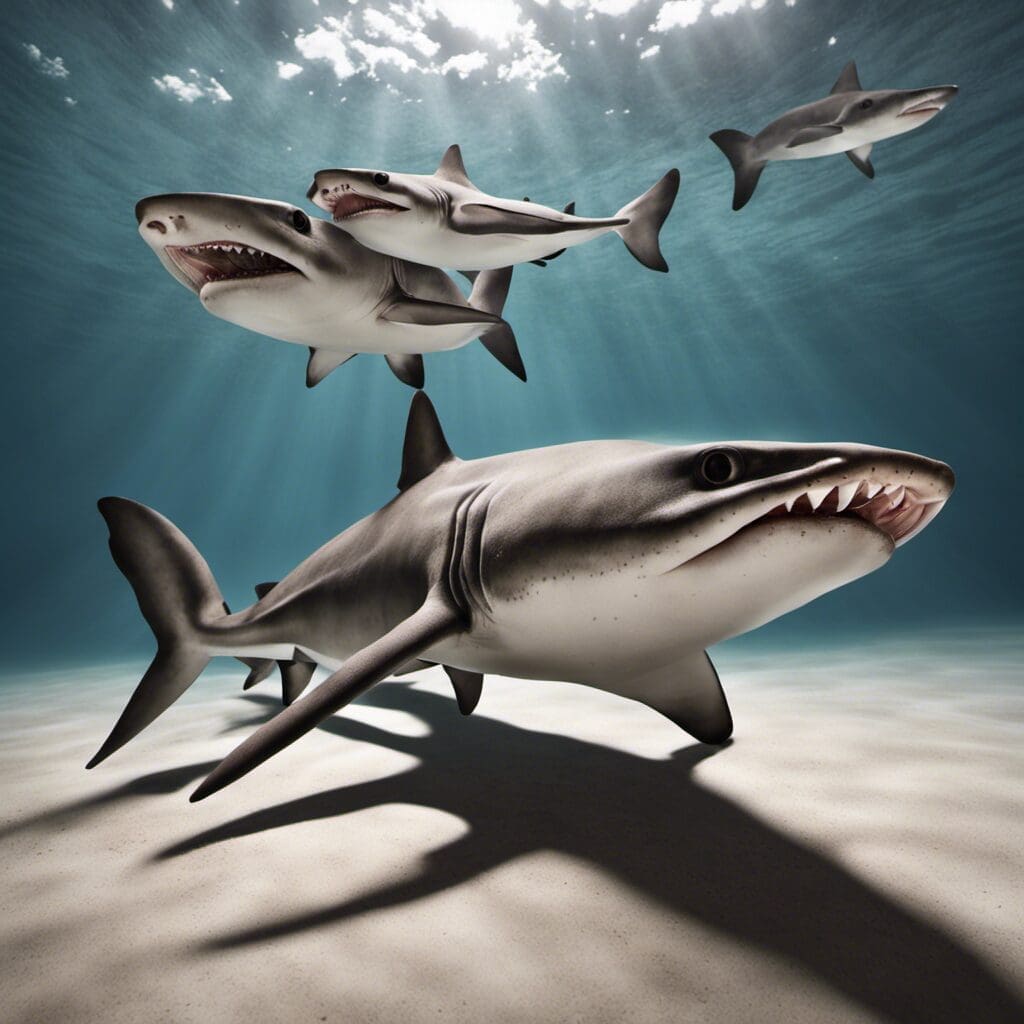Introduction
Species Name: Broadnose Sevengill Shark
Family Name: Hexanchidae
The Broadnose Sevengill Shark (scientific name Notorynchus cepedianus) is a prehistoric-looking predator that, true to its name, can be easily identified by the seven gill slits on each side of its head, as opposed to the five found in most other sharks. This unique feature belongs to a family of sharks known as Hexanchidae, or Cow Sharks, an ancient lineage that can trace its history back to the Jurassic period (Morey, 2021).
Conservation Status
Current status: Data Deficient
Conservation efforts
The International Union for Conservation of Nature (IUCN) Red List currently categorizes the Broadnose Sevengill Shark as “Data Deficient”, meaning there’s insufficient information to make an accurate assessment of its status. However, commercial fishing, loss of habitat, and climate change are major threats to this species.
Statistics
| Length (Average) | Length (Range) | Weight (Average) | Weight (Range) | Average Lifespan |
|---|---|---|---|---|
| 1.5 meters | up to 3 meters | 30 kg | up to 107 kg | 30 years |
Distribution
Regions/Countries
Broadnose Sevengill Sharks have a circumpolar distribution and can be found in temperate seas around the world but are uncommon in tropical seas. Countries where they can be observed include Argentina, Australia, New Zealand, South Africa, and the United States, especially in California, Oregon, and Washington (Compagno, 1984).
Migration patterns
Little is known about the migration patterns of Broadnose Sevengill Sharks, though research suggests mature females may migrate to inshore waters for parturition, while males are thought to remain in deeper waters (Ebert, 2013).
Habitats
- Water type: Saline, Marine
- Depth range: Primarily 0-136 meters but have been reported up to 600 meters
These sharks prefer shallow coastal waters but have also been known to inhabit estuaries and sometimes enter freshwater. They are benthic creatures that dwell near the sea floor.
When and Where to See
They are seen year-round, but their presence tends to increase from spring through fall. Dusk and dawn are the best times to spot them when they come inshore to feed on seals, sea lions, and other large prey.
Best Fishing Locations
Some popular locations to fish for Broadnose Sevengill Sharks include:
- Pier fishing in San Francisco Bay, California
- La Jolla, San Diego, California
- Wellington Harbor, New Zealand
- False Bay, South Africa
- Hobart, Tasmania
- Estuaries in the south-east of Tasmania
How to Catch
Preferred bait or lures
Sevengill Sharks tend to be opportunistic feeders, so oily fish baits such as sardines, and mackerel are effective.
Identification Guide
Broadnose Sevengill Sharks can be identified by their characteristic elongated, cylindrical bodies, broad heads, and blunt noses. Their coloration ranges from pale to slaty gray, sometimes with a bronze hue, and their ventral parts are lighter. The most distinguishable feature, as the name suggests, is the seven gill slits.
Culinary (if applicable)
Sevengill Shark meat is sold fresh, frozen and even smoked for human consumption. The taste is similar to other types of shark meat, mildly sweet with a firm, dense texture. It’s important to note that sharks should be properly cleaned and stored to avoid the risk of squalene oxidation which can lead to a strong ammonia-like smell and taste.
Additional Information
Behavior
Diet includes bony fishes, other sharks and rays, carrion, seals, and squids. Reproduction is ovoviviparous, with the eggs hatching in the mother’s body before the babies are born.
Predators and Threats
Main threats include larger shark species. Sevengills are also regularly caught by commercial fisheries around the world, often as bycatch, and their meat and fins are used for food and medicinal purposes.
References and Further Reading
“Broadnose Sevengill Shark” – Florida Museum
“Notorynchus cepedianus (Broadnose Sevengill Shark)” – IUCN Red List
“Sevengill Sharks, Notorynchus cepedianus” – Marinebio Conservation Society
Remember to always treat marine wildlife with respect and only fish in allowable regions with the proper permits

